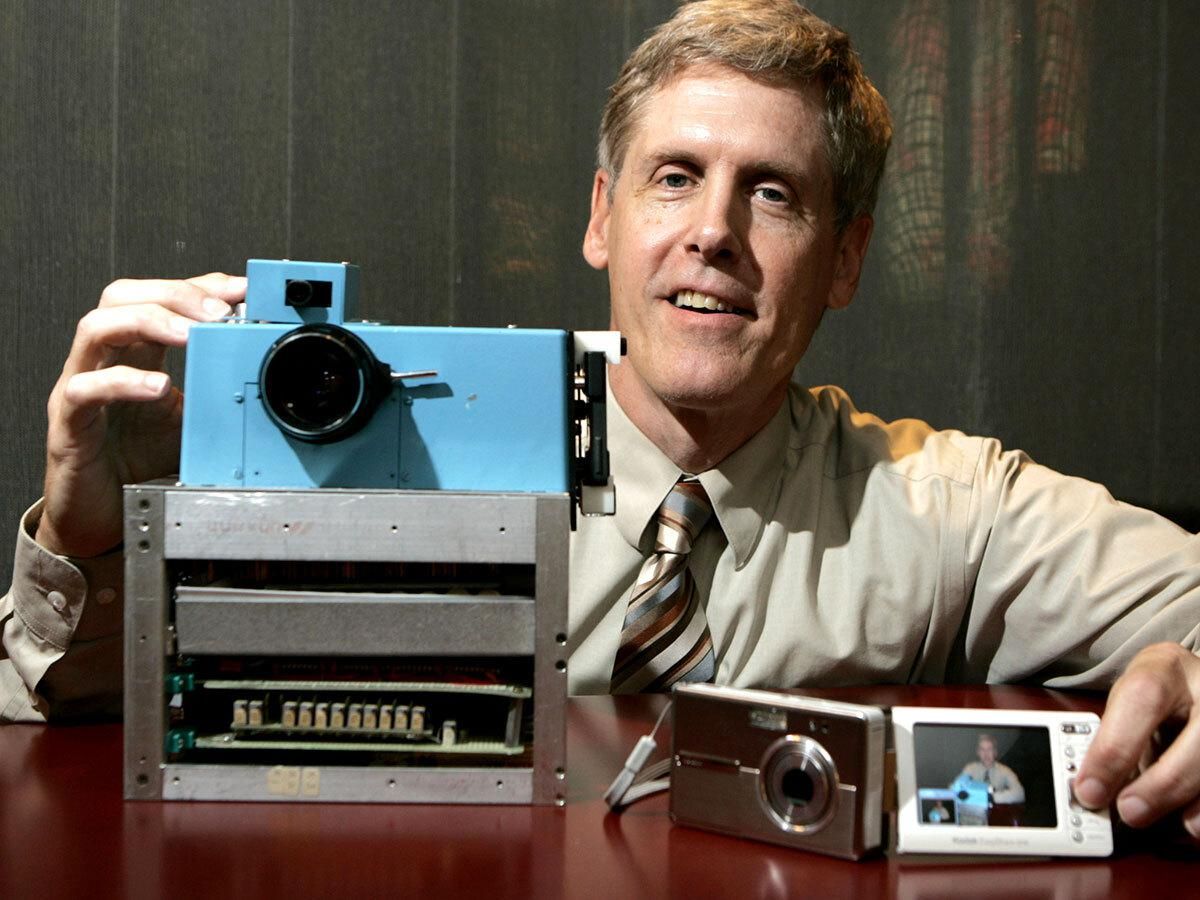How early was digital photography? Kodak defied the technology’s arrival and claimed it wasn’t invented until the early 1970s, when Steven Sasson came up with an idea for a digital camera. Other notable pioneers of the digital revolution include Kodak’s 1975 digital camera prototype and the Fairchild All-Sky camera. This article traces the evolution of digital photography through its invention. While Kodak denied the existence of digital photography for nearly two decades, many other notable figures have been associated with it, including Steven Sasson, the inventor of the first commercially available digital camera.
Kodak’s denial of digital photography
In the mid-1980s, digital photography began to disrupt the film-based photographic market. The digital camera was a $20,000 luxury and Kodak mismanaged its investment to try and match the quality of traditional film. However, it soon became apparent that men didn’t care about preserving their pictures. Instead, they wanted to show them off on their digital devices. In response to this shift, Kodak tried to reinvent itself by bringing photography back to the emotional and timeless. In the process, Kodak missed an important trend in the digital age, and it has been a long road for the company.
But despite the challenges, Kodak’s patent portfolio is now so widespread that it is hard to ignore it. Even though Kodak’s market share is shrinking, the company still owns about 1,000 digital photography patents worth over $1 billion. The company’s innovations have made their way into mobile phones, tablets, and notebooks. Kodak was able to profit from licensing these patents and surviving the crisis.
Steven Sasson’s invention of digital photography
The first digital camera was patented in 1978 and was developed by Steven Sasson. At the time, the camera was about the size of a toaster. It was able to take images and store them on a cassette tape. Eastman Kodak executives were skeptical, but ultimately allowed Sasson to develop the digital camera. The device was patented in 1978 and was widely adopted, but it was not widely known until the 1990s. Despite this success, Sasson’s bosses prohibited him from discussing the camera publicly and from showing the prototype to people outside of Kodak.
Before Sasson’s digital camera, the process of photographing was a slow, labor-intensive process requiring years of study and apprenticeship. It was also dominated by a single company. Sasson was a research engineer at Eastman Kodak in 1974 and had two minor projects. After a brief discussion with his boss, Sasson chose the minor project, which ended up being the first digital camera. Sasson then took his first photo and demonstrated the camera to his colleagues and bosses.
Eastman Kodak’s 1975 digital camera prototype
A prototype of Eastman Kodak’s digital camera was developed by an employee named Steven Sasson in 1975. The camera was developed from the lens of a movie camera, Motorola parts, and Fairchild CCD electronic sensors. In a technical report written in 1977, Mr. Sasson argues that the cameras were more than fifteen years ahead of their time. Yet the prototype is still important for history.
The digital camera’s revolutionary feature is its charge-coupled device (CCD) sensor. During the 1970s, Kodak’s engineers decided to develop a prototype of the camera. The prototype was capable of capturing an image in 50 milliseconds. This new technology would help the cameras become much more affordable, making them possible for mobile phones. The CMOS sensor, which was later improved and implemented, helped bring the cost of digital cameras down to a point where they could be put in mobile phones.
Fairchild All-Sky camera
The Fairchild All-Sky camera was first built in 1981 by a team of scientists from the University of Calgary’s ASI Science Institute. It used CCD technology to capture images in the range of 100 x 100 pixels. This camera was the first to record digital data in place of analogue data, and it was the first camera to market as a consumer model. In the following year, Sony released the first consumer compact disk player.
The Xapshot, which was also called the Q-PIC in Japan, cost $499 US and required a computer interface card and floppy disks. The Fairchild All-Sky camera was designed for use in the Arctic and was designed for photographing auroras. It was the first digital camera with a color image sensor, and it is used in nearly all digital cameras today.

